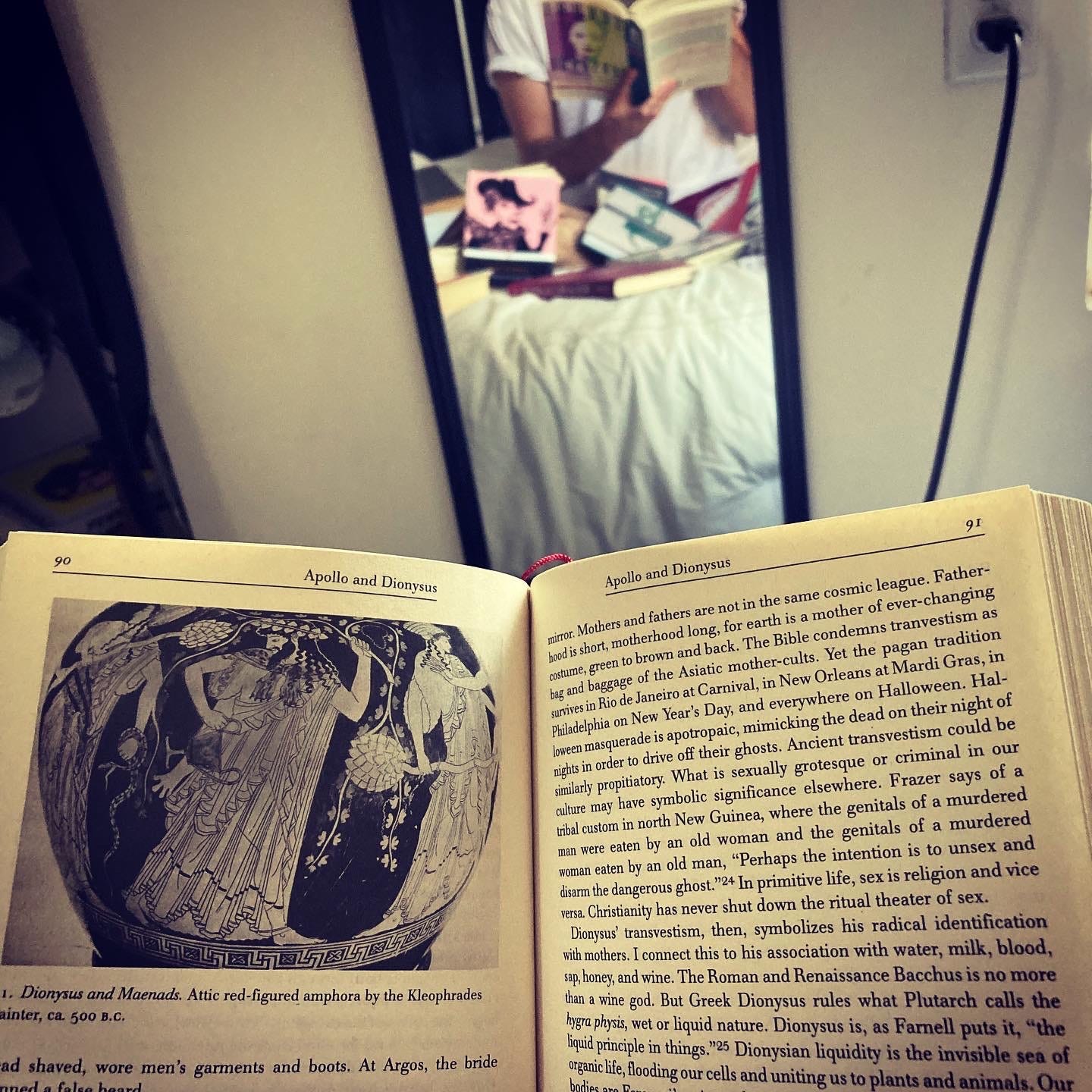For all of the students who say “I’m never going to use this in the future”…
You’re sitting in the middle of a class that you find to be even more boring than a phone with a dead battery. You keep checking the time, praying that it will all finish faster. “When is this going to end?” you think to yourself, as your head starts to droop onto the desk. Your teacher shakes you awake and tells you to pay attention. “For what?” you wonder. “It’s not like I’m actually going to use this in the future…”
Most of us probably have not used many of the things we learned as students. But if you ask the people who established the first universities, that’s kind of the point of an education.
While the first universities—established by Italian and French monks in the 11th century—welcomed lay students, they primarily served priests and members of religious orders. Why would a monk need to know about something “useless” such as algebra, astronomy, or ancient history? Sure, most monks would not have needed to know about those subjects in order to do their “jobs,” but they saw education as something greater than learning how to get a particular job done.
It’s valuable to learn something, not because you are going to use it, but because it is beautiful in itself. All knowledge has a value insofar as it is like a ray of the Light of God, the ultimate Source of all truth and knowledge. The more you know about life, our existence, and the created world, the closer you inch toward the Creator Himself.
Fr. Jean Leclerq, in his classic book Love of Learning and Desire for God (a series of lectures given to young monks in Rome in the 1950s), argues that it was a passionate desire to know and love God that drove medieval monks to engage in their studies. It was as if each subject they studied became a petal on a flower. As their knowledge increased, the flower continued to blossom and become more beautiful, inciting their desire to know more and more as they went along. The beauty and fragrant aroma of the flower pointed to God, who constitutes the greatest form of beauty.
Continue reading at Catholic World Report.
$upport CracksInPomo by choosing a paid subscription of this page, or by offering a donation through Anchor. Check out my podcast on Anchor and YouTube and follow me on Instagram and Twitter.




